Eliminating the use of plastic straws, incorporating glass jars into your system … there are many ways to “detox” your home.
It all started with a dare. “I dare you to stop using plastic straws,” said my daughter as she was tossing an empty soft drink can into the dustbin. “Challenge accepted,” I said. “But then you need to put your money where your mouth is.”
Those in the know say it takes 30 days to break a habit and form a new one. So, our household devised a four-step, one-month plan to lowering our carbon footprint.
To make it fun, we called it “eco detox month”. But this sustainability-conscious effort is only the start. So we’ve also thought of some cool #eco-goals to apply within the next few months.
Step 1: Own up (or pay up)
It’s estimated that each year, eight million tonnes of litter end up in the environment. A plastic bag can take anywhere from 500 to 1 000 years to decompose in landfills, so we all need to take action.
Before our detox, the eco-mantra “reduce, reuse, recycle, renew” was deafened by the sound of plastic shopping bags marching into the kitchen. All to the beat of plastic straws clanking in tin soft drink cans.
What we’ve learnt:
Sometimes it’s good to put your money where your mouth is. We devised a simple yet effective plan to break our nasty single-use plastic habit.
Each time a family member didn’t make an effort to recycle, they had to place a few bucks in our save-the-whales jar. After our detox month came to an end, we donated our “sin tax” to a good cause.
Hybrid theory
If you can’t imagine sipping on a piña colada without a straw, opt for a natural, reusable bamboo straw. Restraw bamboo straw pack, complete with a hemp sleeve and cleaning straw. Available from www.yuppiechef.com
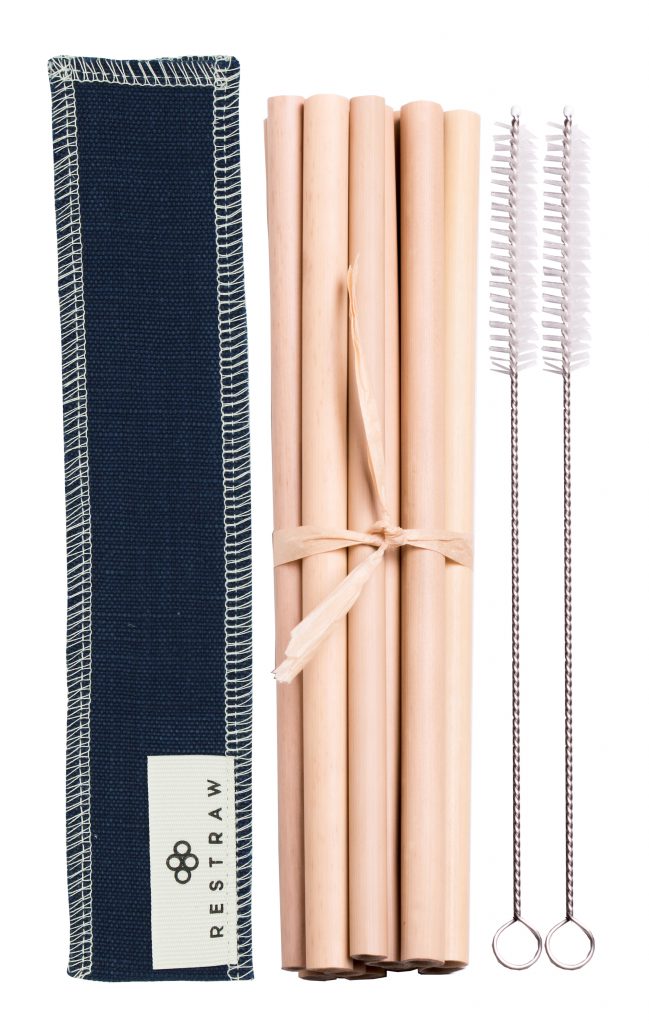
Restraw
Step 2: War on wastage
Yes, it seems like a no-brainer. But recycling is the holy grail to any well-functioning eco-home.
My daughter devised plan to create a mini recycling depot in our kitchen. The first week, we introduced a four-bin system (one for glass, one for paper, one for cans and one for plastic).
Unfortunately, we all failed this test. So, we tapered it down to a primary mixed recycling bin. We decided that each family member would be recycling chief for one week. This way, each of us had time to get into the swing of things.
What we’ve learnt:
Give your recyclables a quick rinse with old washing-up water when you’re done with it. Food scraps can stink up your kitchen.
Hybrid theory
The Simplehuman dual-bucket recycler makes it easy to sort your rubbish and recyclables in one space-efficient spot. Visit www.stingray.co.za
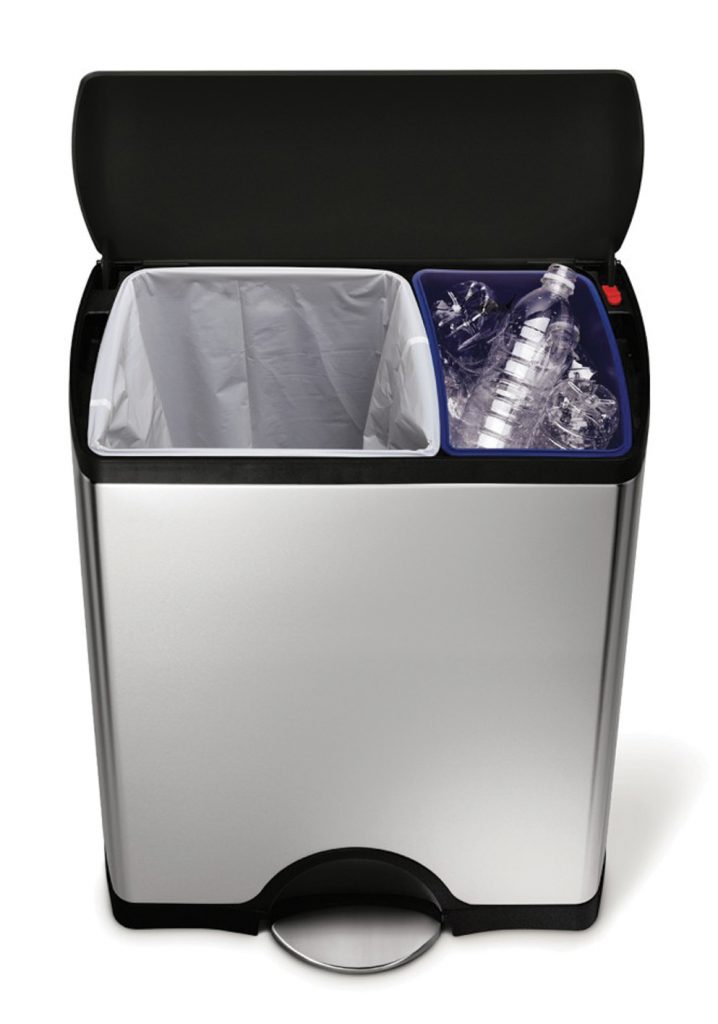
Simplehuman
Recycling 101:
• Recycling at your doorstep: With kerbside collection schemes, all you need to do is separate recyclables from “wet waste”.
Separation at source (recyclables and non-recyclables) recycling services that will take the fuss out of saving the planet include www.wholeearch.co.za, www.ecomonkey.co.za.
• For more info on the closest drop-off spot for your recycled goods, visit www.mywaste.co.za.
Eco goal: The next step is to buy a bokashi bin for our kitchen so that we can start making our own compost.
Step 3: Go natural where possible
The simple water bottle you buy at the supermarket can take from 70 to 450 years to decompose. Instead of buying bottled water, we’ve invested in a water cooling and filtration dispenser which we drink from glass water bottles.
While on the topic. As glass is natural, recyclable and reusable, it’s an environmentally friendly alternative to plastic food containers. To give the kitchen more eco-cred, we did away with zip-lock bags and gave glass containers a bash.
I was reluctant to replace all our cleaning products with eco-friendly alternatives in one go. It made more sense to introduce them systematically. This simple replacement theory helped save money (and reduce wastage).
What we’ve learnt: All-natural household cleaning agents aren’t so expensive. Plus, they’re potent enough to cut through grease and grime.
Eco goal: While zero waste is the destination, we’ll be lightening our carbon footprint one step at a time.
Hybrid theory
Nu-Eco surface cleaner harnesses the power of botanical extracts to clean hard surfaces around the home. Visit www.nu-eco.co.za.
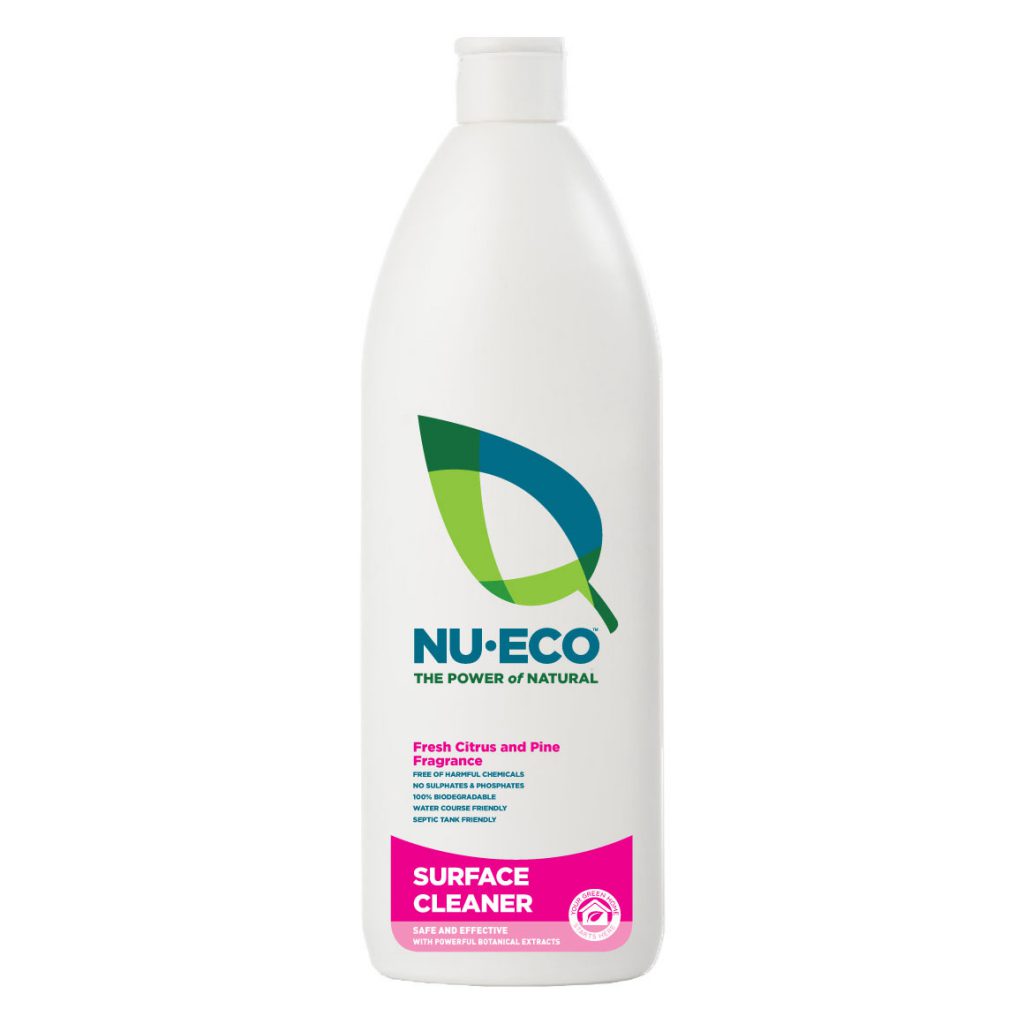
Nu-Eco
For a range of glass storage containers, visit www.consol.co.za.
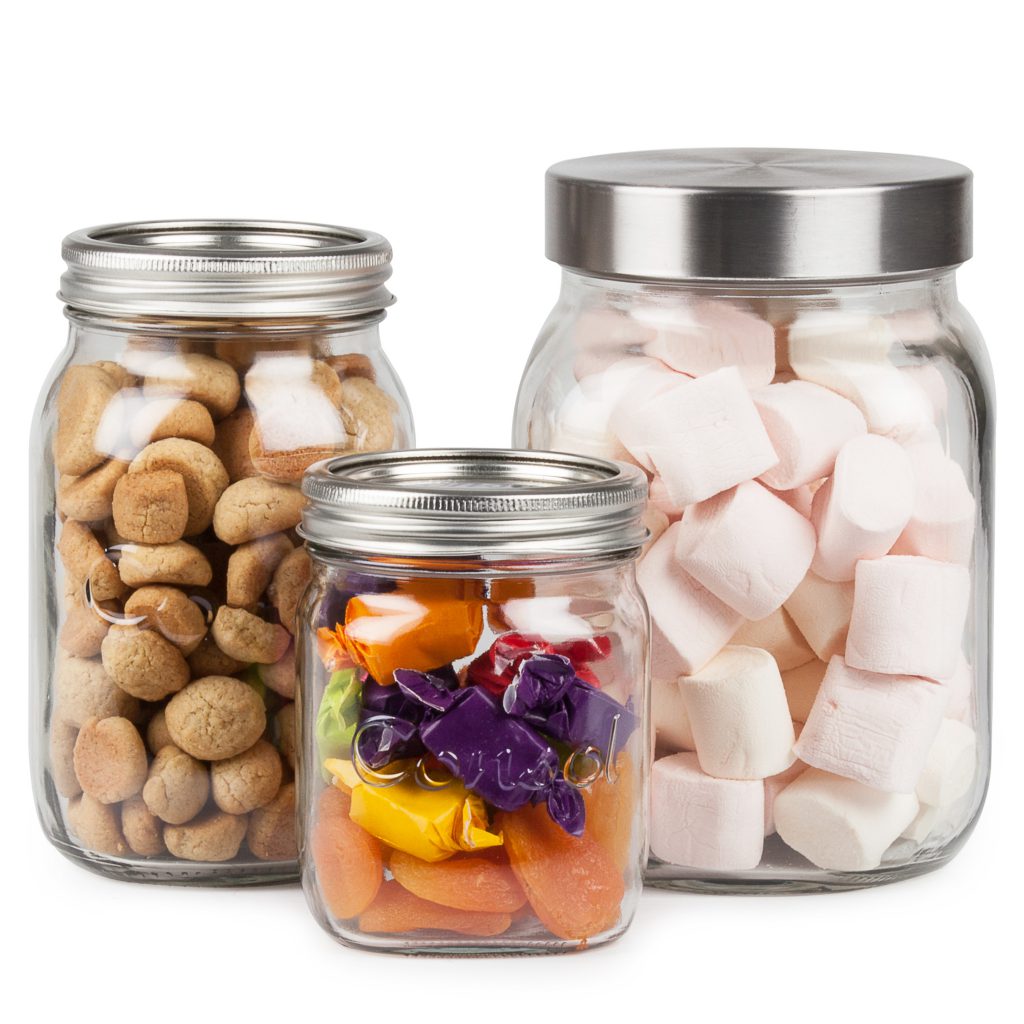
Consol
Aqua Optima 7.2-litre water cooling and filtration dispenser. Visit www.aquaoptima.co.za
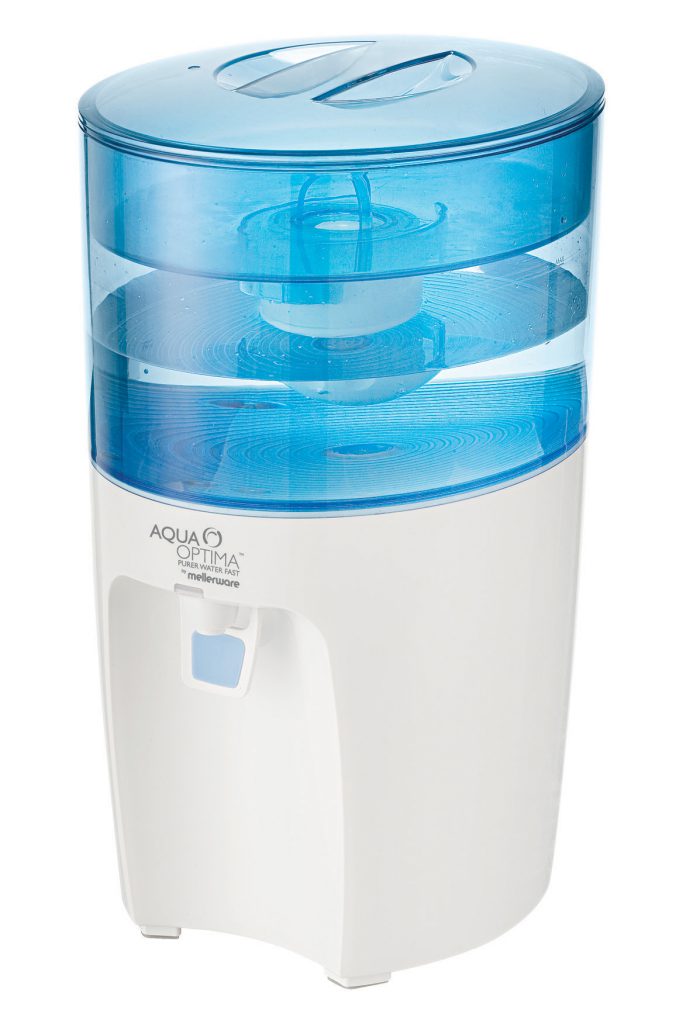
Aqua Optima
Step 4: Nurture Nature
As a family, we’re always thinking of ways to create an eco-friendly garden. A while back, we placed an embargo on using chemical fertilisers, herbicides and pesticides in the garden.
After an owl moved into our home, owl-friendly rodenticides were on the cards. Efekto’s EcoRat owl-friendly rodenticide helps reduce the risk of secondary poisoning. Visit www.efekto.co.za
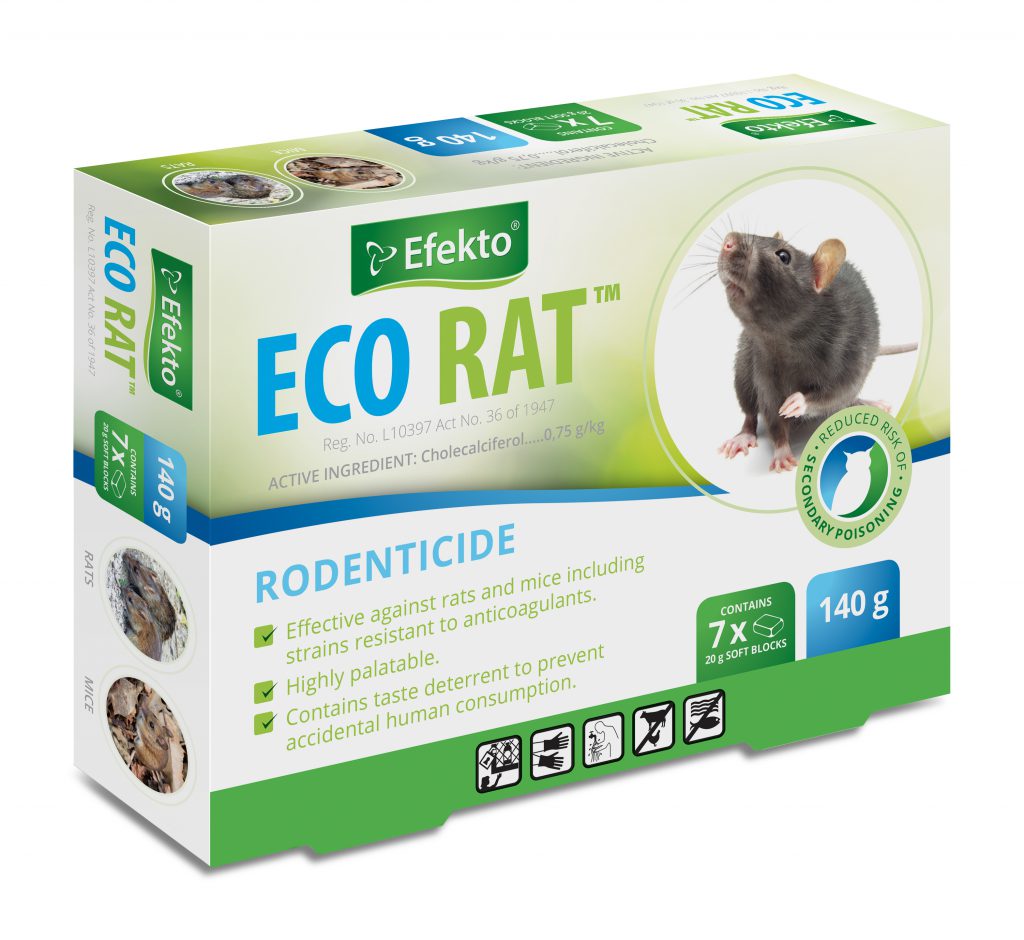
Efekto
But we needed to do more to create a more balanced ecosystem. This year, there will be no gifts under the Christmas tree. Instead, we’ll be giving fruit trees as Christmas gifts.
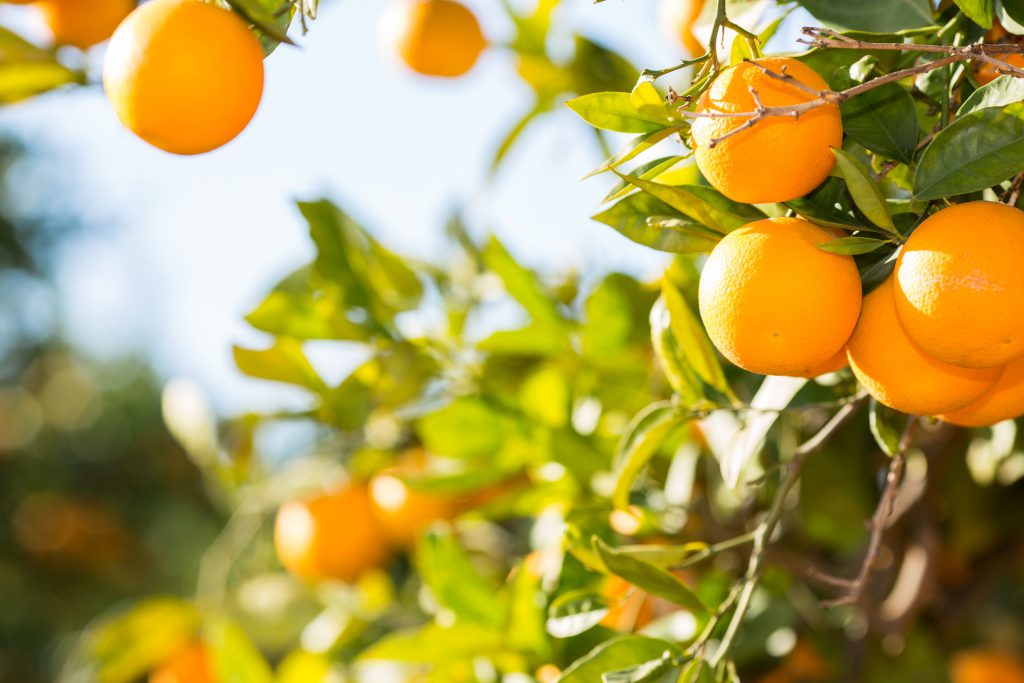
Life is a Garden
We’re also planning to welcome more wildlife into our garden by building an insect hotel. Our troop got this nifty idea on a visit to Babylonstoten. Visit www.babylonstoren.co.za.
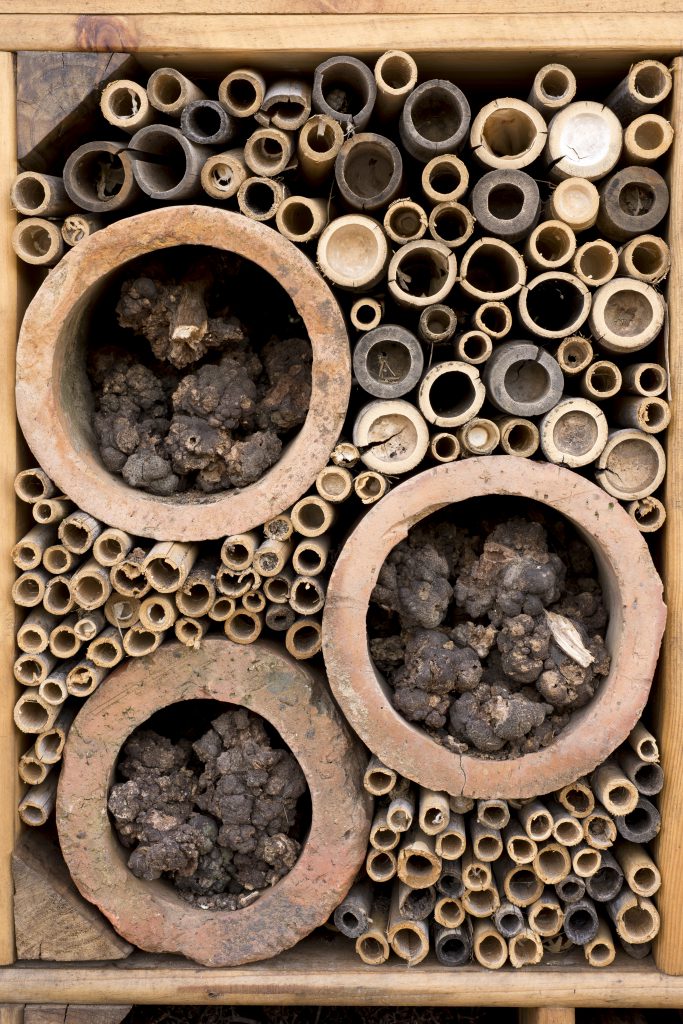
Babylonstoren
What we’ve learnt
Be eco-savvy: Do your homework, so that you can make the right tweaks. Don’t get sucked into the greenwashing trap and go on an eco-product binge.
It’s a team effort: While there have been a few bumps on our path to lowering our household’s carbon footprint, we’ve become more mindful of consumption habits. It’s all about changing your mindset, really.
Take baby steps: Whether it’s switching to LED bulbs, buying fresh produce from your local farmers market or having Meat-free Monday, a little goes a long way. So, I dare you to start living a cleaner life.





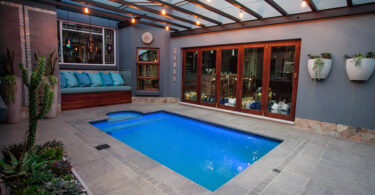


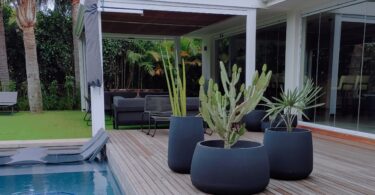
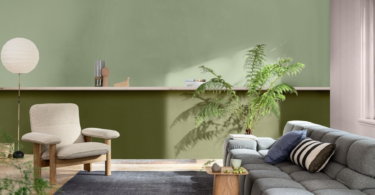
Leave a Comment